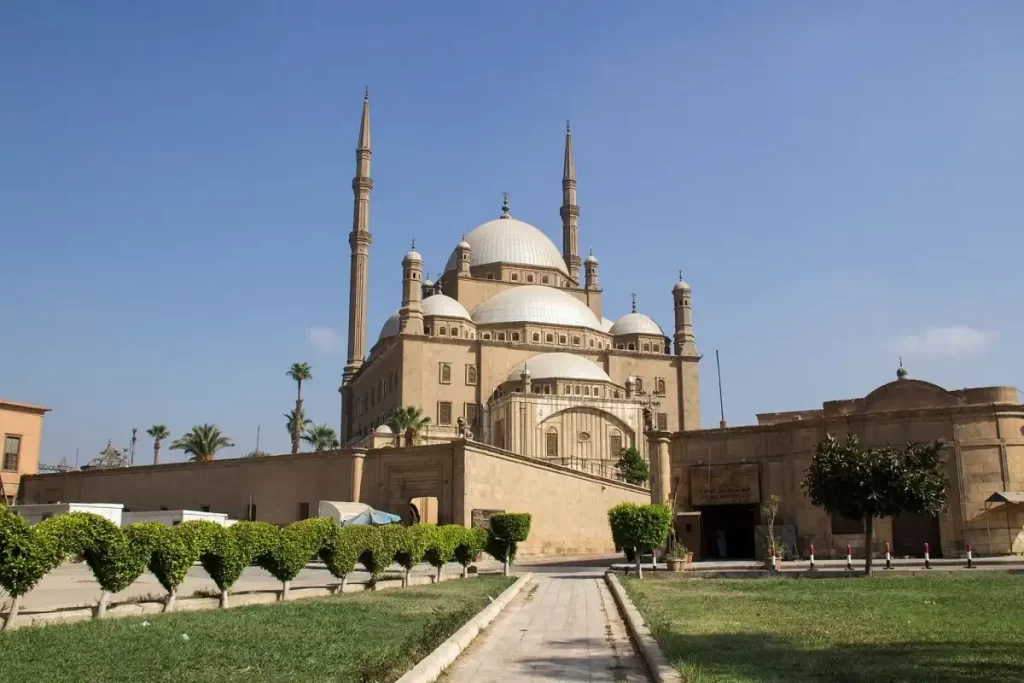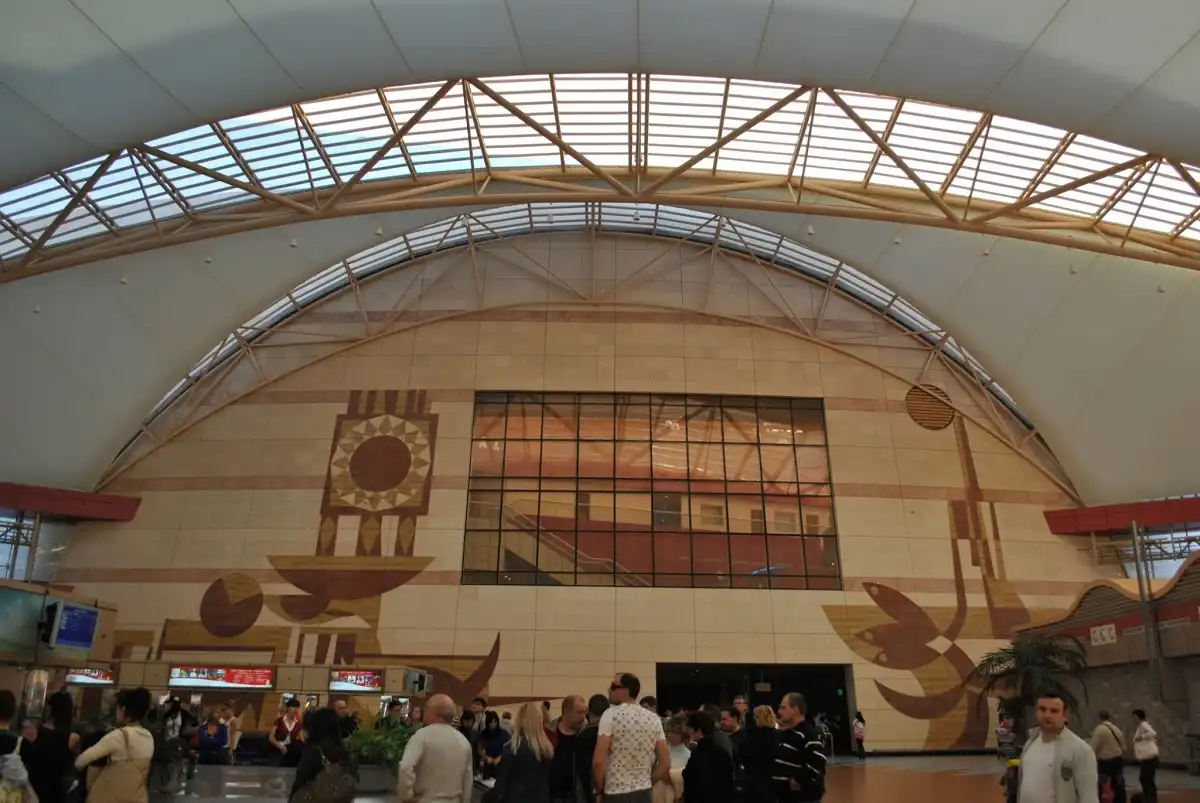
Muhammad Ali Mosque
[ez-toc]
Overview of Muhammad Ali Mosque
It’s highly uncommon for a building to attain the ideal balance of majesty and beauty, but for Muhammad Ali mosque, often known as “The Alabaster Mosque,” it was a relatively simple task. It was built by Egypt’s ruler Muhammad Ali Pasha between 1830 and 1848 AD during the dawn of the Egyptian Renaissance to serve as a house of worship and his final resting place, and it is regarded as one of the most magnificent structures in the city that never sleeps. One of the top Cairo tourist attractions that you must not miss on your Egypt travel packages is the Muhammad Ali Mosque.
The History of Muhammad Ali Mosque
He changed the design of the fortress when he came to power in Cairo in 1800. He commissioned Yusuf Bushnaq, an architect, to build a mosque that was modeled after the Sultan Ahmad Mosque in Istanbul. The mosque took 18 years to build and was repaired twice, once by King Fuad in 1931 and again by King Farouk in 1939, for a total of 100,000 LE (about $560 USD). Muhammad Ali is interred in a Carrara marble tomb in the mosque’s courtyard, to the right of one of the three entrances and concealed behind a bronze grill.
Muhammad Ali built the mosque with two minarets to defy the Ottoman Empire because it was forbidden for anyone other than the sultan to build a mosque with more than two minarets. This showed that the mosque wasn’t just a place of worship, but also a call for freedom, making it an important historical landmark.
Muhammad Ali Mosque Components
The inside and external walls were both covered in marble extensively. Due to its reliance on Ottoman-style design and certain French rococo influences, the mosque was able to achieve the pinnacle of exquisite construction, with captivating finishes of intricate red, green, and gold ornamentation. It was constructed with a square structure that measured 41×41 meters, with a magnificent central dome, and was divided into two halves. The surrounding four smaller semicircular domes encircled the major dome.
Limestone was mostly utilized in the building, while Alabaster was used to cover the forecourt and shiny marble was used to cover the inner and outer walls. It also has two magnificent minarets made of alabaster and embellished in Nouveau style, each reaching a height of 82 meters, as well as an amazing mihrab with golden scallops. Additionally, it has a 52-meter-tall central dome with a diameter of 21 meters that is supported by four arches and surrounded by four smaller domes that are ornamented with religious medallions.
An elaborate brass clock that King Louis Philippe of France gave to Muhammad Ali in 1845 in exchange for the obelisk that is currently standing in the Concorde square in Paris and a Turkish ablution fountain that resembles a giant Easter egg is located in the courtyard, which is approximately 54 meters long and 53 meters wide, surrounded by a single arched Riwaq, and showcases naves raised on pillars and roofed with small domes.



